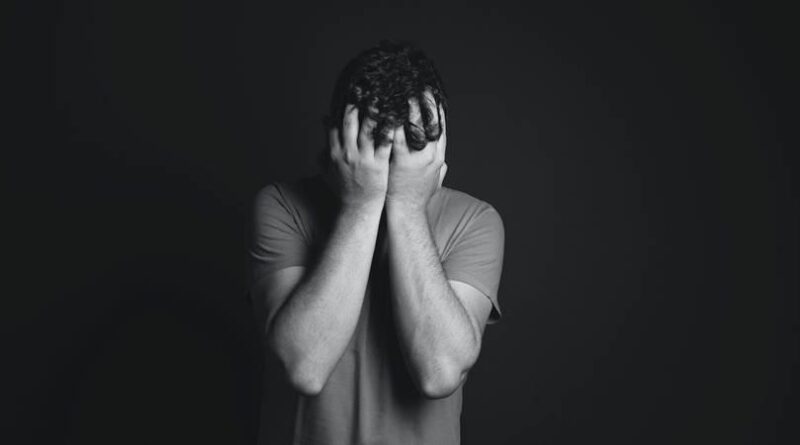Art and Design can encourage well-being and mental health of adults
By Harsimran Juneja
New Delhi, Dec 30: There has been an increase in mental health communication in our nation recently. Growing awareness of this issue has inspired action and the adoption of numerous comprehensive strategies by those in need of assistance. However, many people are still hesitant to seek treatment due to the stigma around mental health issues or the affordability of therapy.
Art therapy is a new therapy that has been reasonably accessible. Logic and creativity are the two sides of our brain. Numerous artistic mediums stimulate our creative side, encouraging us to actively solve problems and manifest our ideas. Our daily obstacles include managing finances, workplace cultures, competitiveness for job advancement, relationship snags, physical health issues, and lifestyle management.
Our mental and physical health are suffering as a result of our repetitive daily routines. Writing, drawing, and painting are no longer considered forms of creativity since our physical motions, particularly our hands, are restricted to technology like mobile phones and laptops. Alternative therapies, like art therapy, have the potential to be both extremely successful and easy to incorporate into daily life. Learning new artistic mediums is not age-restricted and can be done as a pastime or a way to unwind.
Many psychologists use various artistic mediums to tap into a person’s creative side to aid in their development as efficient emotion managers. The relationship between art and psychological health has been well established for many years, as several studies have shown. The discipline of art therapy is used to help with trauma, anxiety, serious sickness, and other issues. On a more general level, you can reap the rewards of art therapy without visiting a therapist.
Different artistic mediums target various parts of the brain and aid in healing on a cellular level. For instance, painting has its own language. It enables us to communicate in ways that words may be unable to, releasing tension from our bodies. Similar results can be obtained by using collage, drawing, doodling, pottery, clay modelling, etc. Many of these activities can also be performed comfortably at home. It’s always advisable to shift your environment occasionally, though.
According to science, creating art can lower stress, manage anxiety, activate reward systems within you, and even help with mood improvement. Numerous studies have demonstrated how participating in the arts enhances brain connections and activates the prefrontal cortex, which houses the reward system. Our reward circuits are activated and prefrontal cortex blood flow is increased when we view or create art, which makes us feel better. Similar to this, a 2011 study found that participants’ anxiety levels decreased as a result of participating in structured or geometric activities like creating mandalas.
People who use art therapy report feelings of bliss and relaxation, and it is advised that you start modestly if your tension, worry, or mood have recently been out of the ordinary. Give yourself permission to demonstrate the positive effects of art on both your physical and emotional health. Such activities are provided by a wide range of artists, designers, craftspeople, art academies, and institutions in the form of workshops or courses. Strive to enrol in one that appeals to you, then let the art work its magic on you to become and get better.
(Harsimran Juneja, Co-Founder and Director, Uno Lona Academy)



